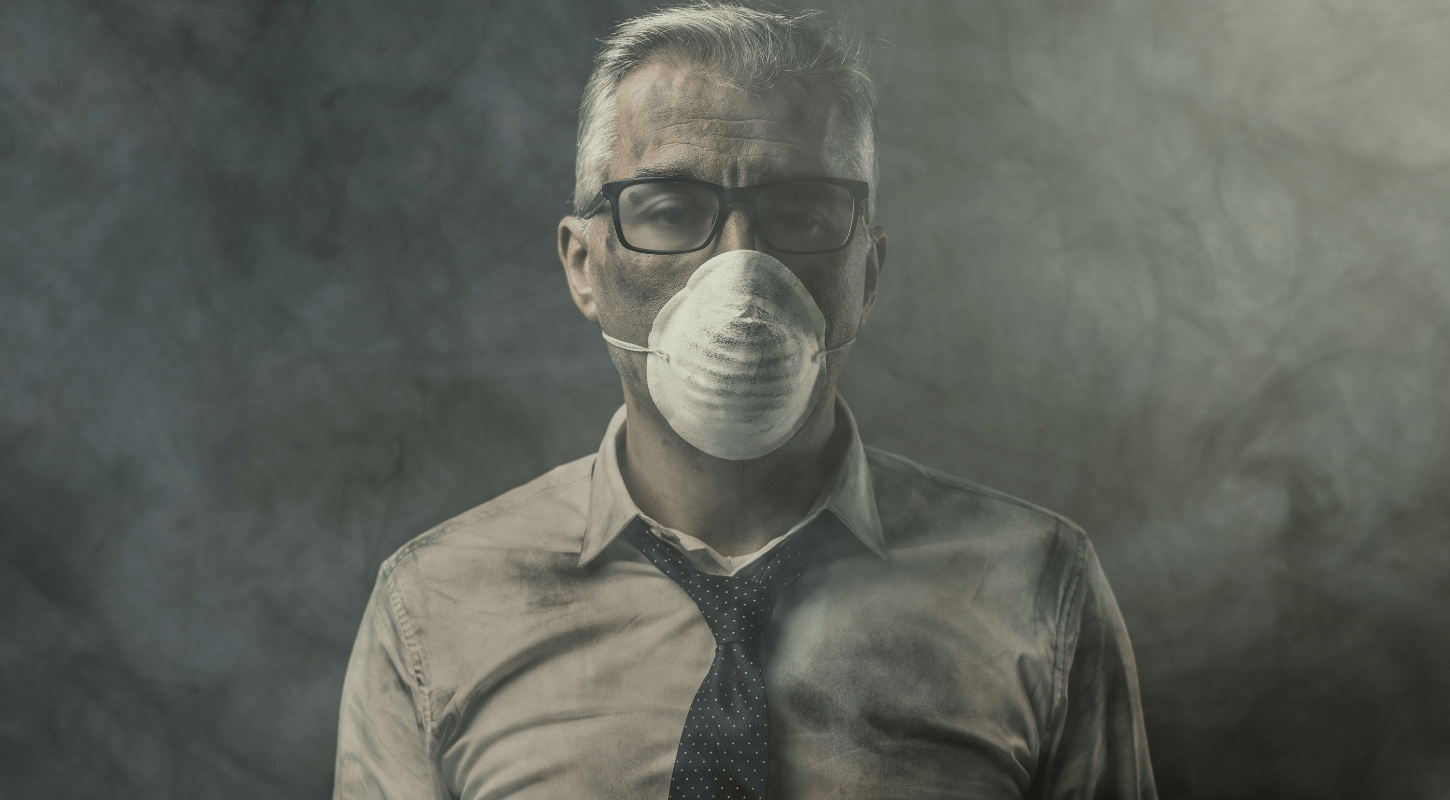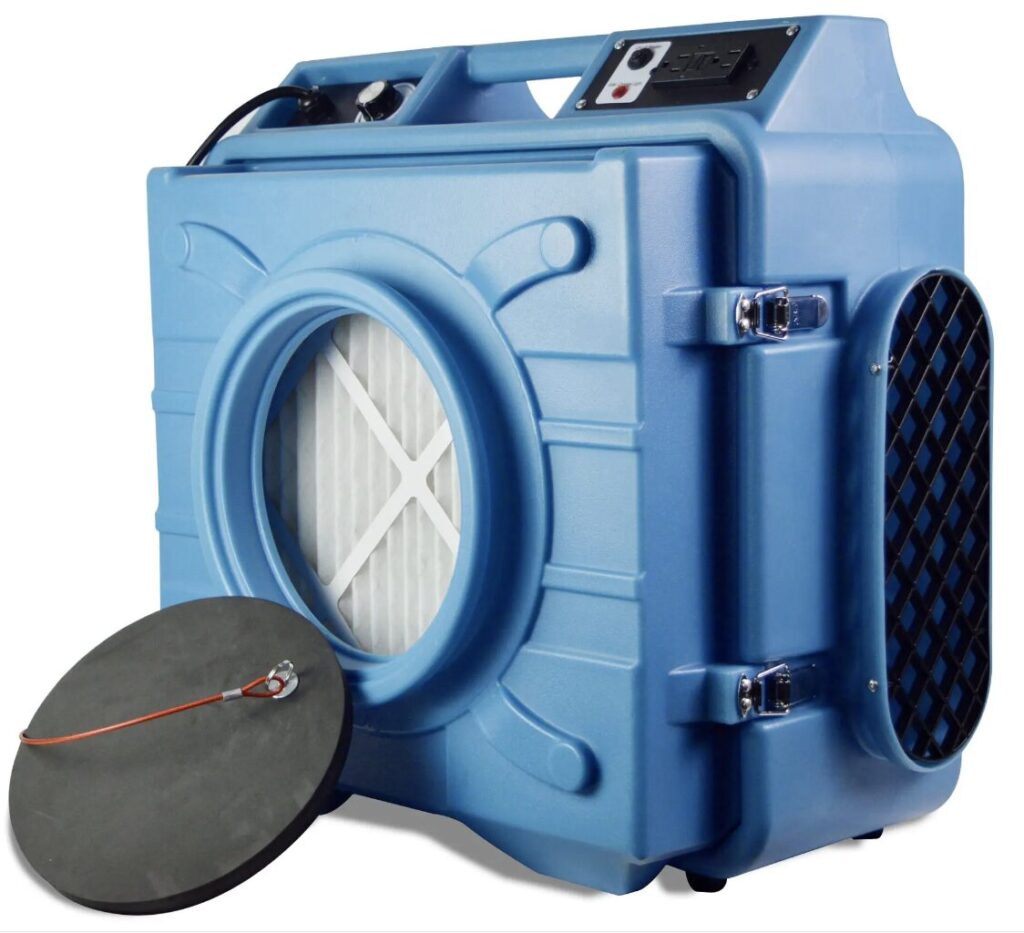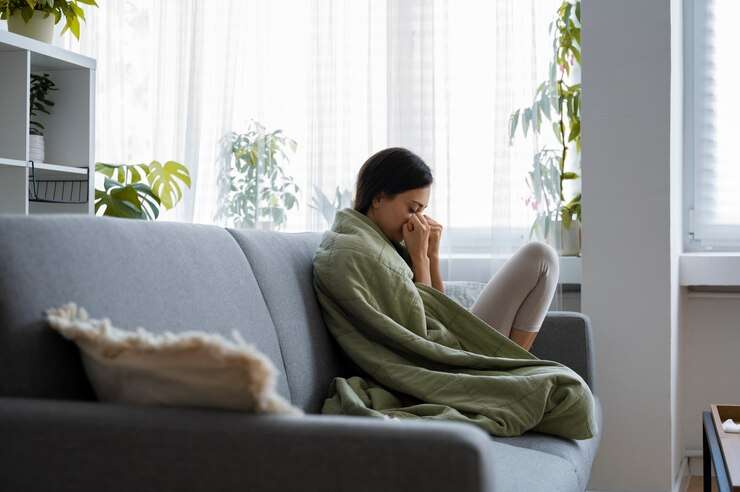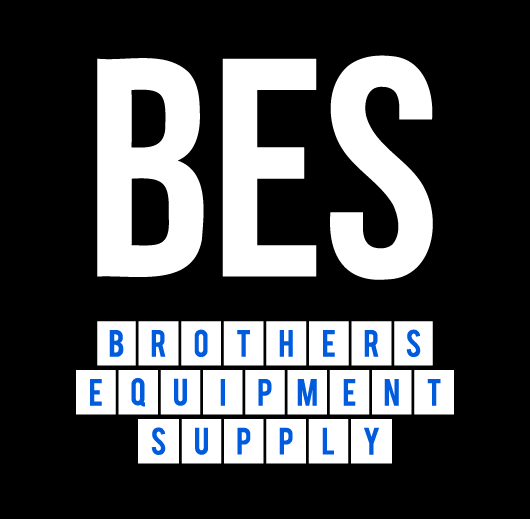
Top 10 Air Purification Equipment To Combat Indoor Pollutants
Top 10 Air Purification Equipment to Combat Indoor Pollutants
By: Brothers Equipment & Supply
In the modern era, where indoor living dominates our daily lives, ensuring the air we breathe is clean and safe has become paramount.
Indoor air pollution is a significant concern, with various pollutants lurking within our homes and workplaces, posing threats to our health and well-being.
Fortunately, advanced air purification equipment offers effective solutions to combat these pollutants, providing us with cleaner and healthier indoor environments.
In this article, we’ll explore the top 10 pieces of equipment designed to remove pollutants from the air, along with the ten most hazardous pollutants commonly found indoors.
Additionally, we’ll provide ten practical tips on improving indoor air quality and address the top ten frequently asked questions regarding this crucial topic.
Let’s get right into this.

Top 10 Air Purification Equipment
High-Efficiency Particulate Air (HEPA) Filters
HEPA filters are renowned for their ability to capture 99.97% of airborne particles as small as 0.3 microns, including dust, pollen, mold spores, and pet dander.
Activated Carbon Filters
These filters excel at trapping odors, gases, and volatile organic compounds (VOCs), effectively removing unwanted smells and harmful chemicals from the air.
UV-C Light Air Purifiers
UV-C light technology destroys airborne pathogens such as viruses, bacteria, and mold spores by disrupting their DNA structure, rendering them harmless and preventing their reproduction.
Ionic Air Purifiers
By releasing negatively charged ions into the air, these purifiers attract positively charged particles like dust and allergens, causing them to clump together and fall out of the air.
Ozone Generators
Ozone generators work by producing ozone molecules that react with and neutralize pollutants, eliminating odors, mold, and bacteria. However, caution is advised with prolonged exposure to high levels of ozone.
Electronic Air Cleaners
Utilizing electrostatic precipitators, these cleaners charge particles in the air and collect them on oppositely charged plates, effectively removing allergens, dust, and smoke.
Photocatalytic Oxidation (PCO) Purifiers
PCO purifiers use UV light to activate a catalyst, which then breaks down harmful pollutants like VOCs, bacteria, and mold into harmless byproducts like carbon dioxide and water vapor.
Air Scrubbers

Air scrubbers ensure that any air that leaves a company‘s facility is free of contaminants, hazardous emissions, or any form of pollutants. Aside from being an air cleaning device, air scrubbers are beneficial means for removing unpleasant odors, supplying fresh clean air.
Portable Air Purifiers
Ideal for smaller spaces or targeted air purification, portable units provide flexibility and convenience in addressing specific indoor air quality concerns.
Whole-House Air Purification Systems
Integrated into HVAC systems, whole-house purifiers ensure consistent air quality throughout the entire home, offering comprehensive protection against indoor pollutants.
Top 10 Hazardous Indoor Pollutants
Particle Pollution
Including dust, pollen, and pet dander, particle pollution can exacerbate allergies and respiratory conditions.
Volatile Organic Compounds (VOCs)
Found in household products like paints, cleaners, and furnishings, VOCs can cause respiratory irritation and long-term health effects.
Mold and Mildew
Thriving in damp environments, mold spores can trigger allergies and asthma attacks, while some molds produce mycotoxins, posing serious health risks.
Tobacco Smoke
Secondhand smoke contains numerous harmful chemicals and carcinogens, contributing to respiratory illnesses and increasing the risk of cancer.
Carbon Monoxide (CO)
A colorless, odorless gas produced by combustion appliances, CO can be deadly in high concentrations, causing headaches, dizziness, and even death.
Formaldehyde
Found in building materials, furniture, and household products, formaldehyde emissions can irritate the eyes, nose, and throat, and long-term exposure is linked to cancer.
Radon
A naturally occurring radioactive gas seeping from the ground, radon exposure increases the risk of lung cancer, particularly in poorly ventilated spaces.
Household Chemicals
Cleaning products, pesticides, and air fresheners emit toxic chemicals that can degrade indoor air quality and harm respiratory health.
Asbestos
Commonly found in older buildings, asbestos fibers, when disturbed, can become airborne and cause serious respiratory diseases, including lung cancer and mesothelioma.
Lead
Present in lead-based paints and water pipes, lead exposure can lead to developmental delays, neurological issues, and other serious health problems, particularly in children.
10 Tips to Improve Indoor Air Quality
Regular Ventilation
Open windows and use exhaust fans to increase air circulation and reduce indoor pollutant levels.
Keep Indoor Humidity In Check
Maintain indoor humidity levels between 30%-50% to prevent mold growth and reduce allergens.
Use Natural Cleaning Products
Opt for environmentally friendly cleaning products to minimize chemical exposure and indoor air pollution.
Ban Smoking Indoors
Implement a strict no-smoking policy indoors to prevent exposure to harmful tobacco smoke and its toxins.
Regular HVAC Maintenance
Ensure proper maintenance of heating, ventilation, and air conditioning systems to prevent the buildup of pollutants and improve air quality.
Indoor Plants
Incorporate air-purifying plants like spider plants, peace lilies, and snake plants to naturally filter toxins from the air.
Avoid Synthetic Fragrances
Steer clear of synthetic air fresheners and fragrances, which often contain VOCs that can pollute indoor air.
Clean Regularly
Vacuum carpets, dust surfaces, and wash bedding regularly to remove dust, pet dander, and other allergens.
Use Air Purifiers
Invest in high-quality air purifiers to remove airborne pollutants and improve overall indoor air quality.
Test for Radon and Lead
Conduct radon and lead tests in your home to identify and mitigate potential sources of these hazardous pollutants.

FAQs On Improving Indoor Air Quality
How often should I change my air filter?
Air filters should typically be changed every 3 to 6 months, although this can vary depending on factors such as filter type, indoor air quality, and usage. Check the manufacturer’s recommendations for your specific filter.
Can air purifiers help with allergies?
Yes, air purifiers can be effective in reducing allergens such as pollen, dust mites, pet dander, and mold spores from indoor air, which can alleviate allergy symptoms for many people.
Are ozone generators safe to use?
While ozone generators can effectively neutralize odors and kill certain airborne pollutants, they can also produce ozone, which can be harmful in high concentrations. Use ozone generators with caution and follow manufacturer instructions carefully to avoid overexposure.
What are the signs of poor indoor air quality?
Signs of poor indoor air quality may include increased allergy or asthma symptoms, lingering odors, visible mold growth, excessive dust accumulation, and frequent respiratory illnesses among occupants.
How can I reduce indoor humidity levels?
To reduce indoor humidity levels, use dehumidifiers, ensure proper ventilation, fix leaks and drips promptly, avoid overwatering indoor plants, and use exhaust fans in kitchens and bathrooms.
Do indoor plants really improve air quality?
Yes, indoor plants can help improve air quality by absorbing certain pollutants and releasing oxygen. However, their effectiveness in purifying indoor air is limited compared to mechanical air purifiers.
What are the best practices for ventilation in my home?
Best practices for ventilation include opening windows and doors to allow fresh air to circulate, using exhaust fans in kitchens and bathrooms, and ensuring proper maintenance of HVAC systems to promote adequate airflow.
Can I improve indoor air quality without investing in expensive equipment?
Yes, you can improve indoor air quality through simple measures such as regular cleaning, maintaining proper ventilation, minimizing indoor pollutants, and incorporating indoor plants. While air purifiers offer enhanced filtration, basic practices can still make a significant difference.
How can I tell if my home has radon or lead contamination?
Radon testing kits are available for homeowners to assess radon levels in their homes. Lead testing may involve professional inspection or using DIY test kits for paint, water, or soil. Consult local health authorities or environmental agencies for guidance.
Are there any government regulations for indoor air quality?
Various government agencies, such as the Environmental Protection Agency (EPA) in the United States, establish guidelines and regulations to address indoor air quality concerns. These regulations may include standards for pollutants like radon, lead, asbestos, and VOCs, as well as recommendations for ventilation and air quality testing in certain settings.
If you have any questions about our article, “Top 10 Air Purification Equipment to Combat Indoor Pollutants” feel free to chat with us on LiveChat or social media or contact us at sales@brothers-equipment.com.
